This image shows drizzle falling from a stratocumulus cloud over the ocean.
Click on image for full size
Image Courtesy of Kimberly Comstock/University of Washington
Drizzle
Drizzle is very light rain; the water drops that make up drizzle are smaller than rain drops. Drizzle can be so light that only a millimeter of water falls to the Earth's surface in one day. It is produced by stratocumulus or stratus clouds.
The water drops that make up drizzle are small (a drop of drizzle has the same thickness as human hair) and sometimes the drizzle actually evaporates before falling to the ground. Drizzle makes it harder to see objects in the distance than on a clear day.
You might also be interested in:
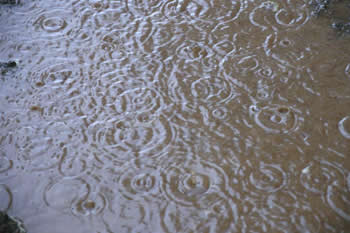
Raindrops form when tiny water droplets collide together in clouds to form bigger ones. When they get too heavy, rain falls out of the clouds. Rain is more than 5mm in diameter. The types of clouds that
...more
Stratocumulus clouds belong to the Low Cloud group. These clouds are low, lumpy, and gray. These clouds can look like cells under a microscope - sometimes they line up in rows and other times they spread
...more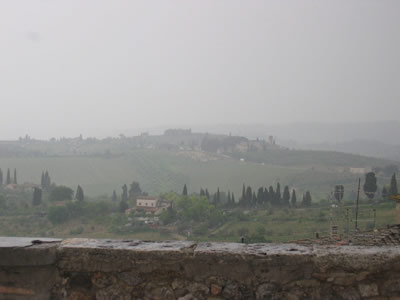
Stratus clouds are part of the Low Cloud group. They are gray and can cover most or all of the sky (like a big blanket). Stratus clouds sometimes produce light mist or drizzle.
...more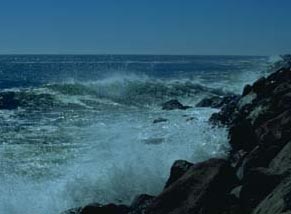
Have you ever left a glass of water out for a long time? Did you notice that the water disappears after a few days? That's because it evaporated! Evaporation is when water passes from a liquid to a gas.
...more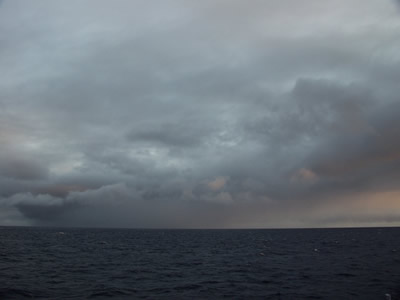
The Southeast Pacific region contains the world's largest set of stratocumulus clouds. These clouds extend for almost 2,000 kilometers (1,243 miles) off the west coast of South America from central Chile
...more
The weather in the Southeast Pacific region is thought of as extreme, because it receives very little rain and is extremely dry. For example, some places in the Atacama Desert in Chile receive less than
...more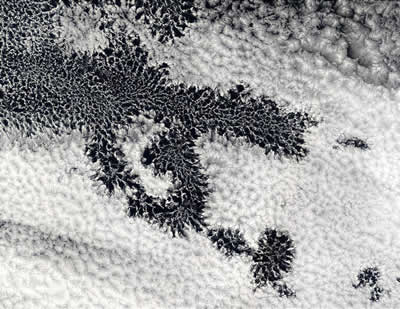
Stratocumulus clouds can be found over the ocean in the Southeast Pacific region. These clouds sometimes contain open areas in the clouds that scientists call "pockets of open cells," or POCs.
...more















